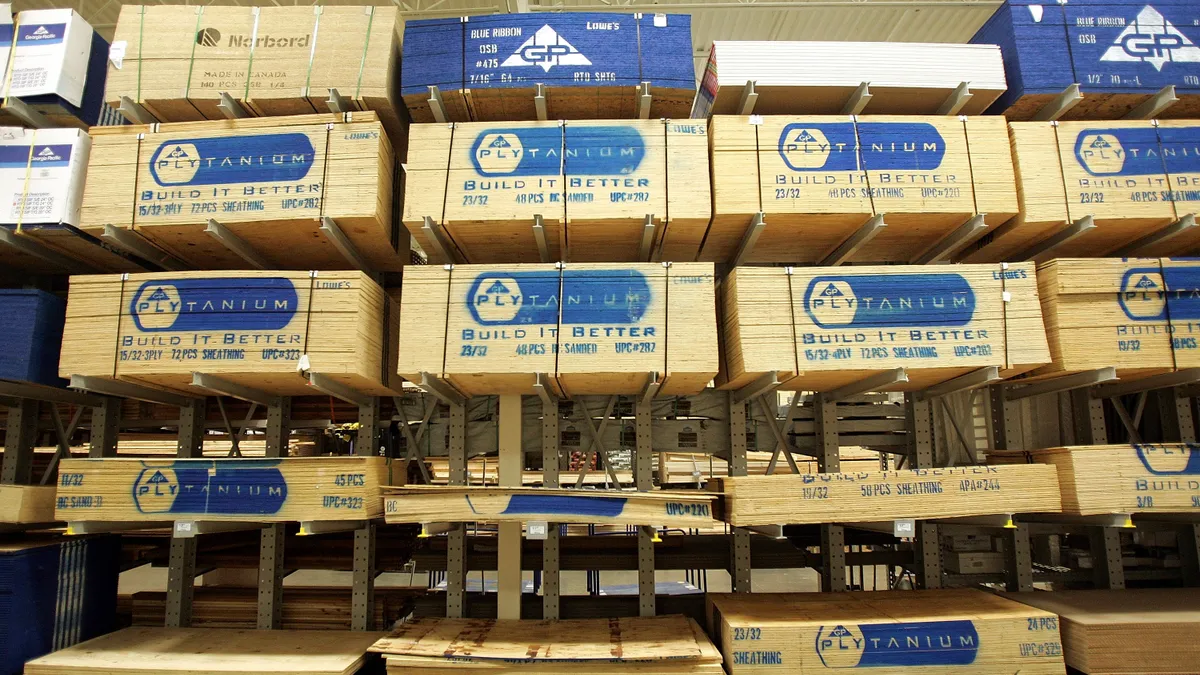Construction is typically dirty business for the environment. Building construction and operations combined account for almost 40% of all carbon emissions worldwide, making it the single most polluting sector, according to the Global Alliance for Buildings and Construction. Mitigating these emissions is an opportunity to have an enormous impact.
The majority of construction-related CO2 emissions — about 11% of the global total — are associated with manufacturing building materials, transporting materials to construction sites and the actual construction process, according to a UN Environment Global Status report. A key area where contractors can build more sustainability into a project is in the procurement process.
In addition, clients increasingly are asking for projects that resist extreme weather, produce minimal waste and are socially responsible.
To build more future-forward projects, builders should start with the procurement stage — the earlier in the process, the better, said Nancy Kralik, sustainability group chair with Fluor, during a session at the 2021 American Society of Civil Engineers conference earlier this month.
Here are seven tips for greener building from the beginning:
- Get buy-in from the client: "Contractors should bring sustainability issues to their client, and get them on board," Kralik said. Communicate with the client early on to stress the benefits and opportunities of making projects sustainable from the get-go, and let them know upfront about any additional costs that might occur as a result. Builders can utilize the procurement language in contracts and purchase orders to push for additional sustainability conditions.
- Connect with the public: Reach out to project neighbors and really listen to them in order to build trust and a collaborative relationship — and to head off backlash and frustration down the road. Even non-experts can have great suggestions, Kralik said, and people living in the area may have invaluable knowledge about their surrounding environment. Their feedback and observations may be used while drafting a sustainability plan.
A cautionary tale is I-81 in Syracuse, which cut through a historically Black neighborhood, displaced residents, contributed to high rates of asthma and became a symbol of segregation. A new project there takes residents into account and aims to stitch the community back together.
The I-81 viaduct in Syracuse cut through a historically-Black neighborhood. - Examine your supply chain and buying culture: Evaluate the cost of the supply chain in your organization, both in dollar amounts and hidden impact. Some questions to ask include: How do you buy, and who do you buy from? What proportion of your revenue goes toward paying suppliers, and what is their societal and environmental impact? Are there areas of improvement? Which will be most impactful?
- Prioritize water protection and conservation: Contractors should first identify sources of water pollution on the jobsite and mitigate those areas. They can also procure water in a sustainable fashion, for example by capturing and reusing stormwater, and should conserve it where possible. The Santa Monica Urban Runoff Recycling Facility is one example of a successful water recycling plant that now serves a variety of customers looking for a sustainable source.
- Energy efficiency from beginning to end: Day-to-day energy use of buildings accounts for 28% of all emissions worldwide. Thankfully, energy efficiency can be implemented in the design, construction and operational phases of a project. The Department of Energy has a handy guide for energy-efficient product procurement that includes energy efficiency ratings and suggested language for contracts.
- Reduce, repurpose or recycle materials: Create an inventory with a plan for all the project materials and specify low- or zero-carbon options where possible. Set targets for reducing, repurposing and recycling these components, and measure against those targets as the project progresses to ensure everything is on track. Materials directed to landfills should also be documented. Got some extra materials you don't need? Try giving them to local businesses to foster goodwill.
- Create a sustainability plan: Contractors, service providers and suppliers should make a plan for sustainability practices before shovels hit dirt. This includes considering items like reducing air emissions from heavy equipment, managing dust and noise, reusing topsoil, minimizing dredging in bodies of water and more, as well as making a plan for sustainable procurement. Kralik recommended first collecting background data to create a baseline, and considering projections of future climatic stressors such as flooding and fires.
The LaGuardia Airport Central Terminal replacement is an example of a carefully planned building that's designed to withstand extreme weather of all kinds.
While building in an environmentally minded way may mean more work and cost up front, the extra care pays off in the long run, said Kralik. Steps like more community engagement and thoughtful use of natural resources help keep the environment healthy, make neighbors happier and bolster a builder's reputation. Contractors that are already building sustainably and for resilience will have a leg up on their competition in coming years.
"Some of the advantages of sustainable procurement may not be immediately evident, but they should become more apparent long-term," Kralik said.














